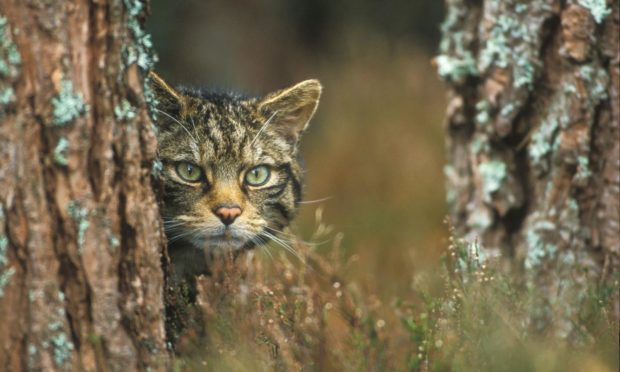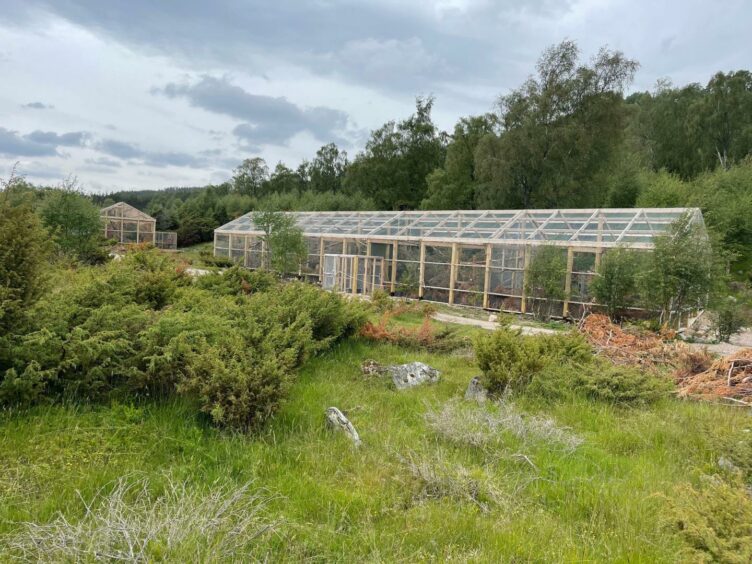A specially built centre for breeding wildcats will hopefully give them the “best chance ever”, according to a leading figure in the project to save the species.
Seven wildcats have so far entered conservation breeding enclosures in a remote part of the Highland Wildlife Park, near Kingussie.
It is hoped the first kittens will be born next year before being released into the wild at sites across the north in 2023 as part of the Saving Wildcats project.
David Barclay, the project’s conservation manager and coordinator of the UK conservation breeding programme, said that bringing the facility to life has been “incredibly exciting”.
Work to create £5.5million breeding centre will feature in BBC Scotland’s Inside the Zoo tomorrow.
Centre will give wildcats the ‘best chance’
The centre, which will take six years to complete, is the first of its kind in the UK. Kittens will undergo a special training programme to ensure they have the skills needed to survive in the wild once they are released.
Enclosures have been designed to minimise human contact and provide the breeding cats with a safe and secure home which retains elements of how they would live in the wild.
Mr Barclay, who designed the facility, tells the programme: “The cats will hopefully revert back to their natural activity patterns, they’ll grow an increasing dislike for humans which is what we want. When we come up here to feed them or to change water they’ll go and hide, so we’ll never see them.
“We’re just doing everything we can to give wildcat survival the best chance. Hopefully it will be a very nice Highland home for the cats.
“It’s a huge achievement that we are here and hopefully we can give wildcats the best chance ever.”
During the programme, veterinary surgeon Alice Bacon is seen giving one of the park’s wildcats, Rannoch, a health check.
She says: “We are relying on cats like Rannoch to be the founders of what will hopefully be Scotland’s wild-living wildcat population, so these cats are incredibly valuable both genetically and as individuals.”
Earlier this year, the Royal Zoological Society of Scotland was awarded £400,000 form the Scottish Government towards the project.
Saving Wildcats was devised after a International Union for Conservation of Nature (IUCN) report found that there was no longer a viable population living naturally in Scotland.
The report concluded that without releases, the so-called Highland Tiger is “highly likely” to become extinct within just a few years.
- Inside the Zoo will be shown on BBC Scotland at 8pm on October 18.

